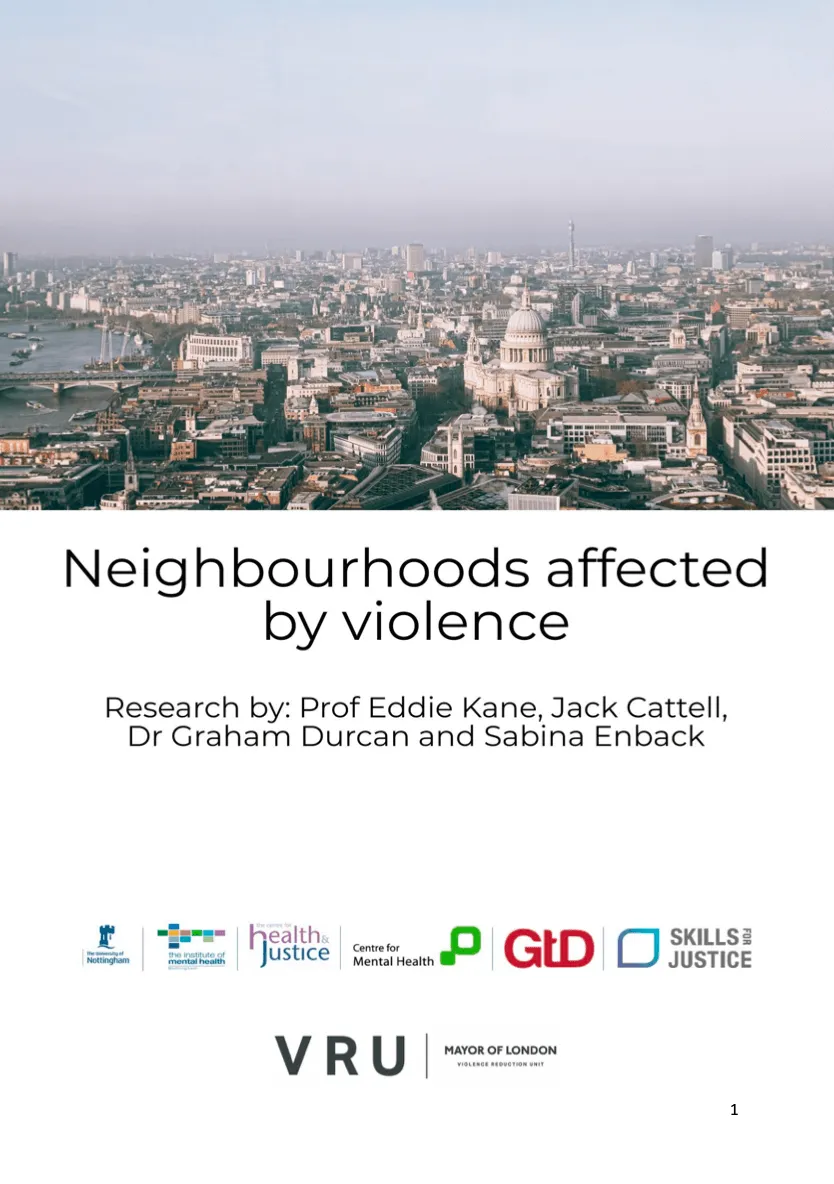
Investment in violence reduction initiatives
1. The VRU should strengthen its approach in making investments in violence reduction initiatives that not only fund initial intervention start-up costs but that also allows for ongoing support infrastructure to help those involved develop realistic and deliverable sustainability plans and funding sources. Without this type of investment potentially important initiatives will fail and community confidence in future programmes will be damaged.
2. The VRU should strengthen its approach to investment and initiative selection based on co-production and not traditional community consultation which our participants felt rarely captured their views, concerns or solutions but rather reflected the voices of only a few often out-of-touch individuals and interest groups.
3. VRU should continue to work with partners to invest in initiatives that support the development of the protective factors of community cohesion such as improving access to facilities and services and improvements to the local built environment and housing, these are the most likely to be successful in building resilience against violence.
4. LVRU should continue to work with partners to foster prevention and early intervention initiatives. These were identified by our participants a key part in changing patterns of violence – these types of services were also seen as having been most badly hit during the period of austerity.
Making data more useful
5. Shift the core data analytical focus more onto Lower Layer Super Output Areas (LSOAs) to understand accurately and precisely the nature and extent of violence. This street and neighbourhood analysis is critical to identifying violence vulnerability and related harm and driving investment in a targeted and effective way. Make the case for and negotiate better integration and quality of data across key agencies involved in violence reduction and encourage the addition of more granular non- open-source local data. Curate, extend and improve the database this research has created to facilitate this LSOA/neighbourhood-based approach and ensure that not only violence, but harm is being measured and monitored. Making this database freely and publicly accessible should also be explored.
Understanding what works
6. Continue and extend the culture of robust research and evaluation to develop a dynamic understanding of patterns of violence and related harm and what works for whom and where, working with local communities to understand how to adapt approaches to suit local differences across London.
Working with other agencies
Many of the areas identified by our participants lie outside of the direct control of the VRU. However, the VRU’s leadership role in violence reduction makes it well placed to influence other key agencies and enable partnerships by marshalling key evidence of the changes that are needed to foster better inter and intra-agency co-operation. In some the VRU could be instrumental in making the case for place-based service integration to tackle specific areas of concern – there are examples in other parts of the UK of this type of place-based working and where this approach has made a fundamental difference to violence rates and related harm.
7. Lack of police presence and positive interaction within the most vulnerable areas was a theme that emerged throughout the research. VRU should continue to explore ways in which they can work with police to focus positive police community support in those areas identified as vulnerable to violence and harm.
8. Social media was identified by our participants as an increasingly critical driver underpinning activity that leads to violence and related exploitation. Social media itself is a rich source of largely unanalysed data relating to violence. VRU and its partners should explore ways of integrating gathered intelligence and use the available advanced analytic processes to help identify vulnerabilities and micro- target resources. The VRU’s online harms report provides a starting point for this approach
9. The VRU should work with universities and their partners to improve their understanding of violence associated with campuses and community accommodation of students. Universities are attractors of violence and exploitation and to date have largely been ignored as targets for coordinated violence reduction investment and intervention.
10. The development of real career pathways and not simply job opportunities and zero- hour contracts were identified by our participants as fundamental to moving, particularly young people, out of drug dealing and its related violence. VRU should work with employers and wider civic society to foster opportunities for young people in the most vulnerable areas that give them a real stake in their own future that many said they do not feel they’ve had.